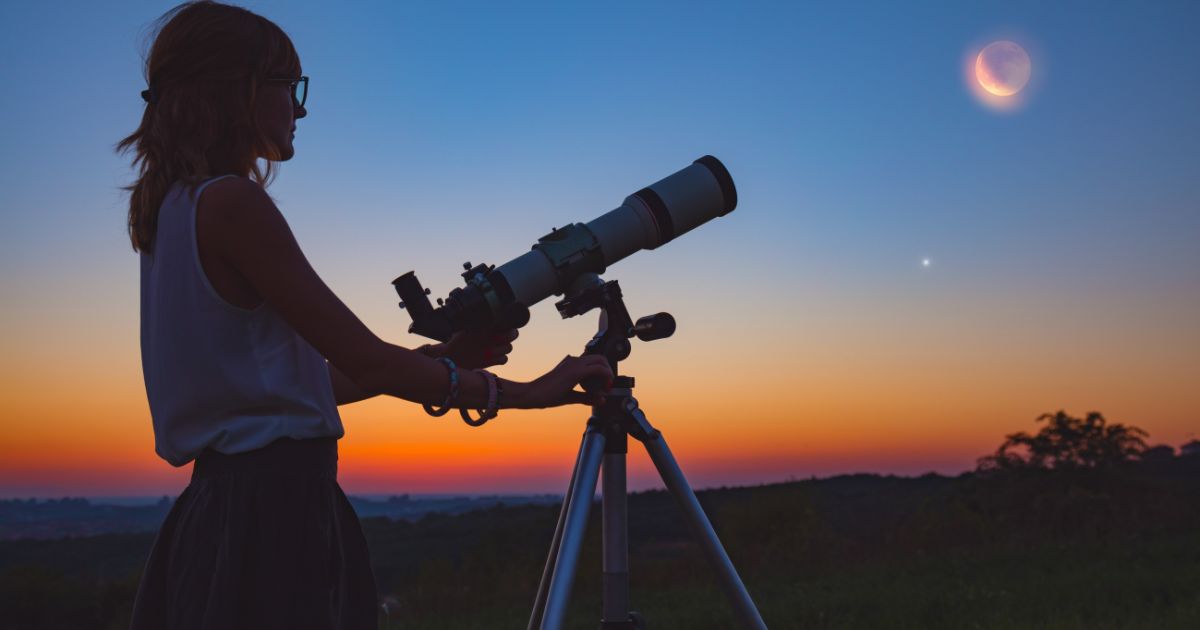“Seasonal” weather and the actual season can differ. Astronomical definitions are much more precise. “Officially” winter begins at 16:48 (EST) on December 21, though we may have been in the grips of it for quite a while.
The gibbous Moon opens the month – only 3-degrees south of Jupiter. Later in the month, early during Christmas evening, the Moon’s thin crescent will be low in the west after sunset.
What makes this December different form previous years? Mid month you have three bright planets. In the southwest is Saturn (1.5-billion km away). Jupiter is near the meridian at 715-million km away and in the northeast is Mars at “only” 85-million km away.
6 Little Dipper Hangs below Polaris at 10 pm
7 Full Moon
8 Mars at Opposition
11 Moon at Apogee 19:28
13 Night for Geminid Meteor Shower
16 Last Qtr. Moon
18 Sun enters Sagittarius, 07:40
21 Winter Solstice at 16:48, Mercury at Max. Elongation in Evening Sky
23 New Moon
24 Moon at Perigee 03:27
29 1st Qtr. Moon

Main Meteor Showers
Meteor showers are best observed after midnight when our hemisphere is ploughing into the meteor stream. Although the duration of the most active portion of the shower is short, some shower meteors can be seen many days on either side of maximum.
There are about a dozen significant meteor showers each year. This is a list of only the three major ones that have different “characters”.
The Geminids will start under a dark sky but a gibbous Moon will interfere after 10 pm, so this will be an unfavourable year.

Dates for the Phases of the Moon

Planetary Configurations
When at Opposition, planets will appear on the opposite side of the sky from the Sun – very roughly on the meridian at midnight.
Conjunctions are when the planet has the same “longitude” as the Sun. A Superior Conjunction is when the planet is on the other side of the Sun, and an Inferior Conjunction is when it is between the Earth and the Sun. Only Mercury and Venus can be at Inferior Conjunction. Maximum elongation is when Mercury and Venus appear farthest from the Sun in our sky. This occurs either in our morning eastern sky (mor.) or our western evening sky (eve.).
Do not apply the Ottawa-correction times to the times in this table.

Brightest Stars

One of Canada’s foremost writers and educators on astronomical topics, the Almanac has benefited from Robert’s expertise since its inception. Robert is passionate about reducing light pollution and promoting science literacy. He has been an astronomy instructor for our astronauts and he ensures that our section on sunrise and sunset, stargazing, and celestial events is so detailed and extensive it is almost like its own almanac.












